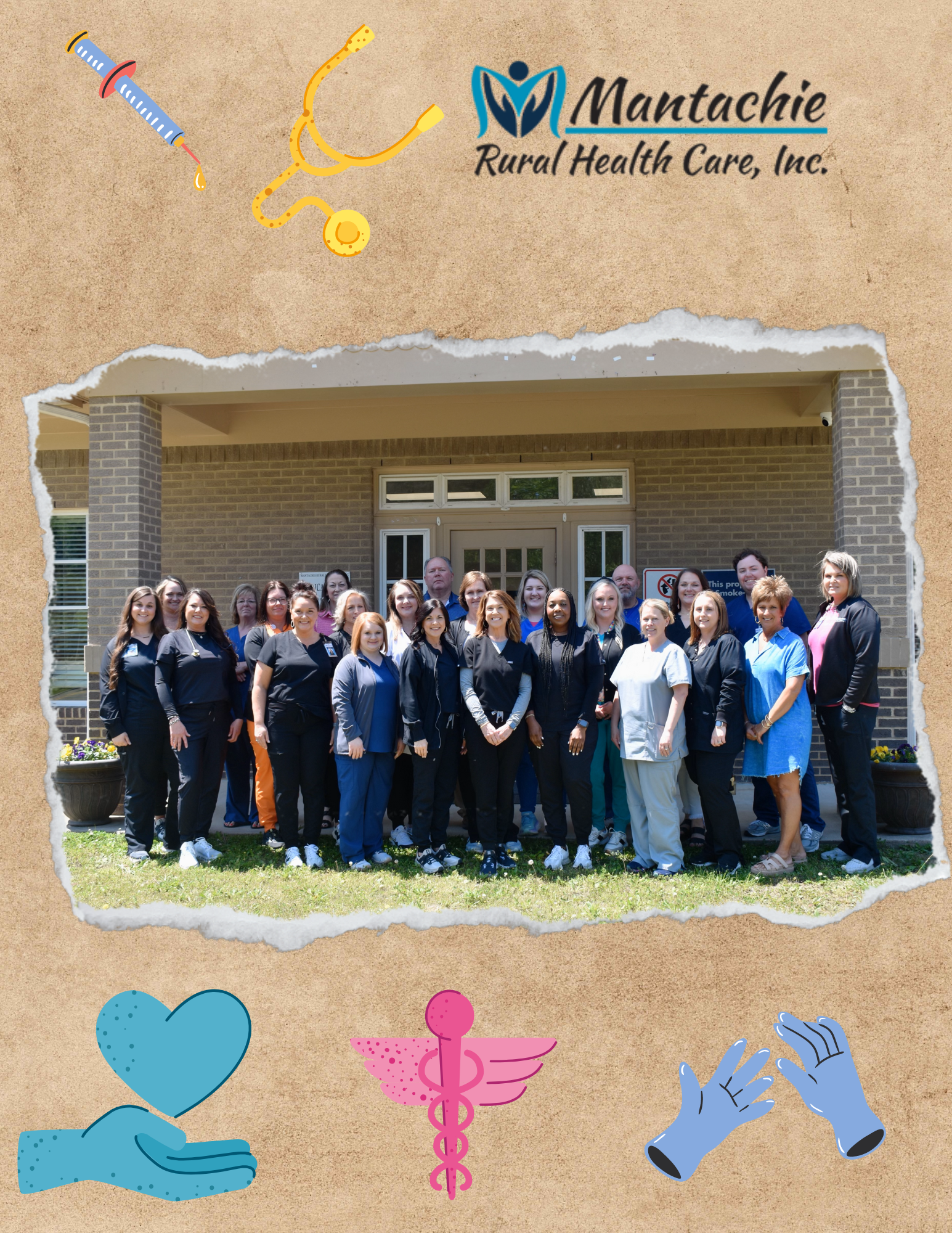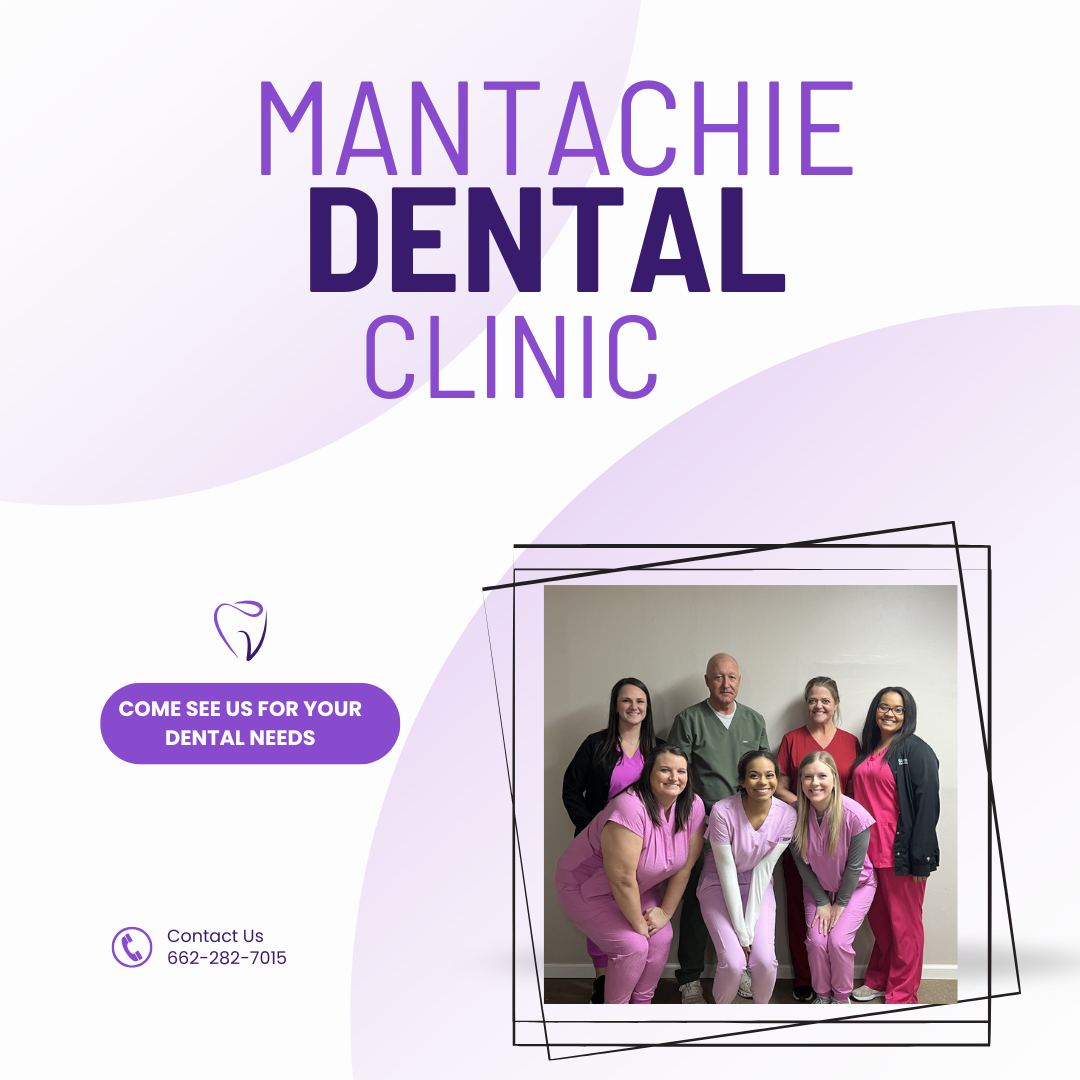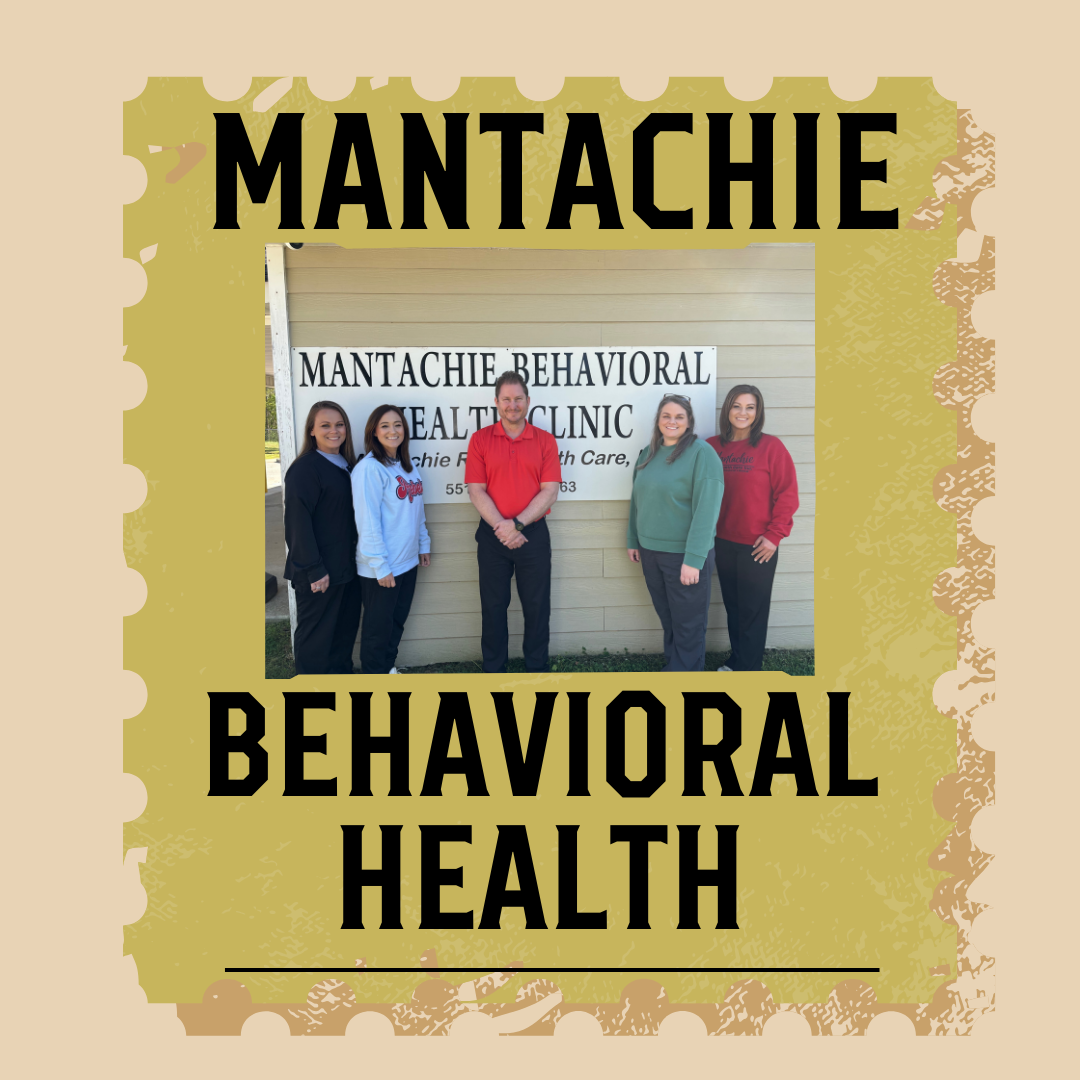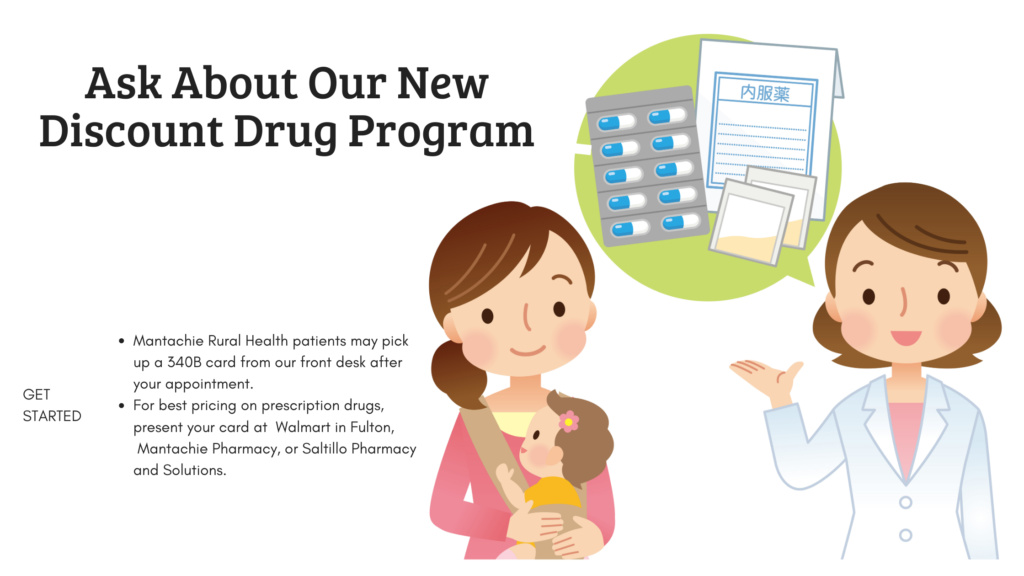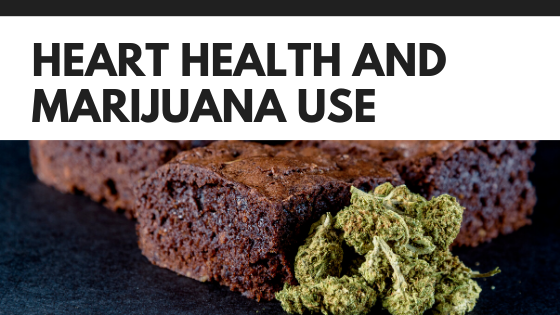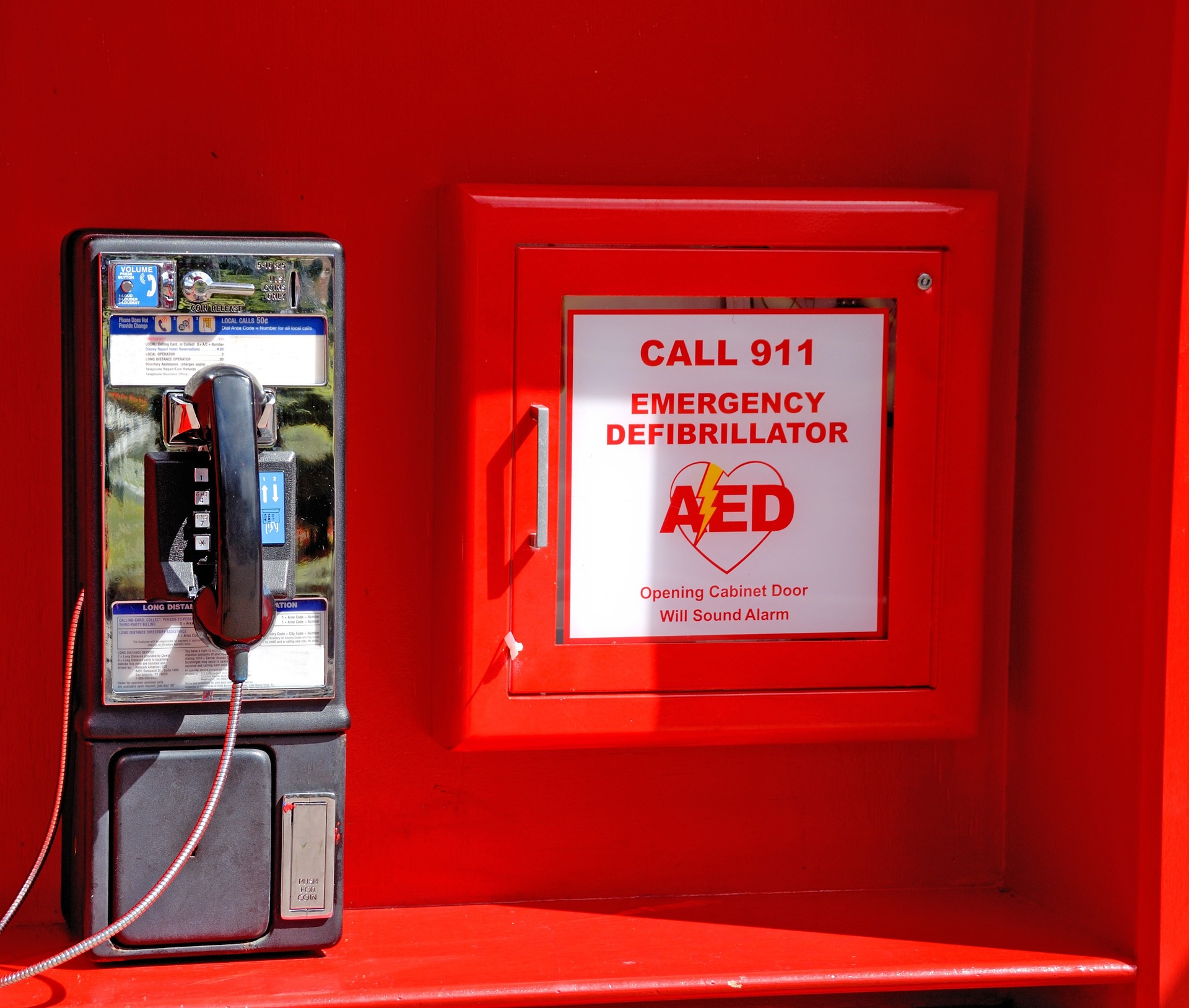What you eat matters, especially when it comes to your body’s potential for a heart attack. Red meat is notoriously linked to clogged arteries or atherosclerosis. Unhealthy fats like saturated fat and trans fat as well as sugar are also linked to an increase for a heart attack.
But what about foods that lower your risk of a heart attack? Do they exist? We’ve got great news. Yes! You can cleanse your arteries and improve your heart health by changing your diet to include heart-healthy superfoods.
You Can’t Go Wrong with Mediterranean
There’s a reason why the Mediterranean diet is popular with all health experts and has outlived the plethora of fad diets that have emerged over the years. The Mediterranean diet is actually good for everyone, even those on special diets because the recommended foods are practically the healthiest Earth has to offer. The diet is centered around plant-based foods including fruits, veggies, herbs, nuts, beans, and whole grains. Seafood, dairy, poultry, and eggs are added in moderation. Unhealthy fats and sugar are avoided although red meat is allowed on a limited occasion.
Eat the Rainbow
Skittles tells us to taste the rainbow, but we encourage you to eat the whole rainbow when it comes to fruits and vegetables. A heart-healthy plate consists largely of fruits and veggies in a rainbow of colors with limitations to starchy vegetables like potatoes and sweet potatoes.
Go Nuts
Nuts are the perfect healthy snack to get you through the afternoon slowdown. They’ll give you a boost of energy, and they’re good for your heart, too. Just don’t go too crazy. An ounce of nuts a day is all you need.
Fishing for Clean Arteries
Fatty fish like tuna, salmon, mackerel, and herring are perfect when you want a taste of meat on your plate. You can enjoy two servings of fish a week.
Beans and Legumes
Beans, lentils, and peas are an essential part of a heart-healthy diet. They contain proteins, vitamins, and minerals, which is why they are a great alternative to meat for vegans and vegetarians.
Don’t Forget the Olive Oil
Extra virgin olive oil is the go-to cooking oil and salad dressing for those following a heart-healthy diet. Toss out the ranch dressing and vegetable oil and pick up this versatile food instead.
Whole Grains
Grains should be consumed in their whole, unprocessed form, according to health and nutrition experts. Whole grains have more fiber than processed grains, and they can also help balance blood glucose levels.
A heart-healthy diet works best in conjunction with a heart-healthy lifestyle which includes daily exercise or activity and refraining from unhealthy habits like smoking. As always, consult with your provider before beginning a new diet.
Annual wellness visits also lower your risk of a heart attack by giving your provider a chance to perform key tests that detect silent signs of a heart problem. To request your annual exam, click here.
